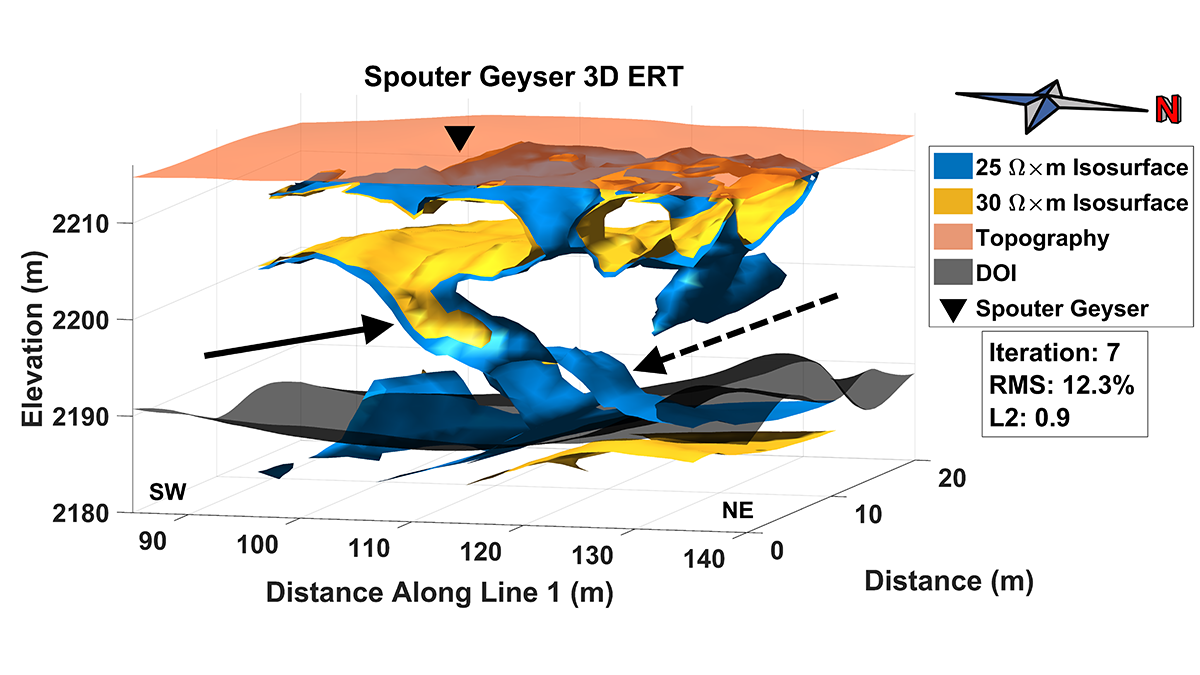La trucha no nativa ha alterado la diversidad del zooplancton que habita en los lagos de gran elevación.
Wyoming
DNA in Lake Sediment Reveals the Impact of Introduced Fish
Non-native trout have altered the diversity of zooplankton that live in high-elevation lakes.
The 6-8 June 2024 landslide at Teton Pass in Wyoming, USA
The Landslide Blog is written by Dave Petley, who is widely recognized as a world leader in the study and management of landslides. Between 6 and 8 June 2024, a landslide destroyed a section of State Highway 22 along the Teton Pass in Wyoming. No lives were lost in this major landslide, although a motorcyclist […]
Snapping Science in the Field
Snapchat, the multimedia messaging app, offers a range of features that make it an unexpectedly useful tool for geoscientists on the go.
Maps Strengthen Collaboration Between Tribes and Federal Agencies
As U.S. agencies commit to better incorporating Indigenous viewpoints, maps could be one important tool.
Beavers Have Engineered Ecosystems in the Tetons for Millennia
Analysis of lake sediment in Grand Teton National Park is helping piece together ecosystem history, with helpful implications for land managers today.
When the Woods Get Noisy, the Animals Get Nervous
New study uses trail cameras and speakers to isolate what human sounds do to animals.
Yellowstone Geyser is Diagnosed with Bubble Trap Syndrome
Like humans who eat too many beans, Yellowstone’s Sprouter Geyser has recurrent issues with gas.
Building Resilience in the Face of a Dwindling Colorado River
Policymakers, industry and conservation professionals, and tribal members explore pathways to a sustainable future for the millions of people reliant on the “lifeblood of the American West.”
Rick Jones: Finding the High School Spirit
Installing a love of learning in students and teachers alike.










